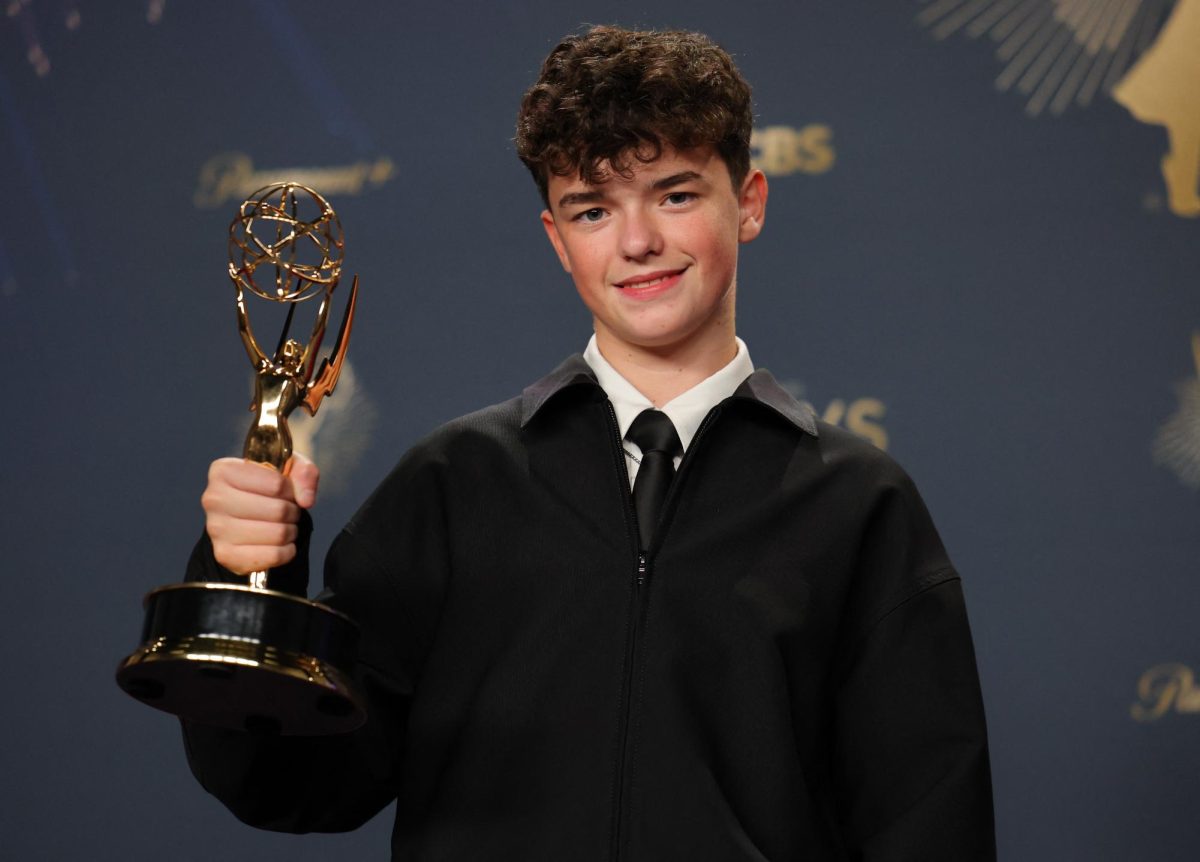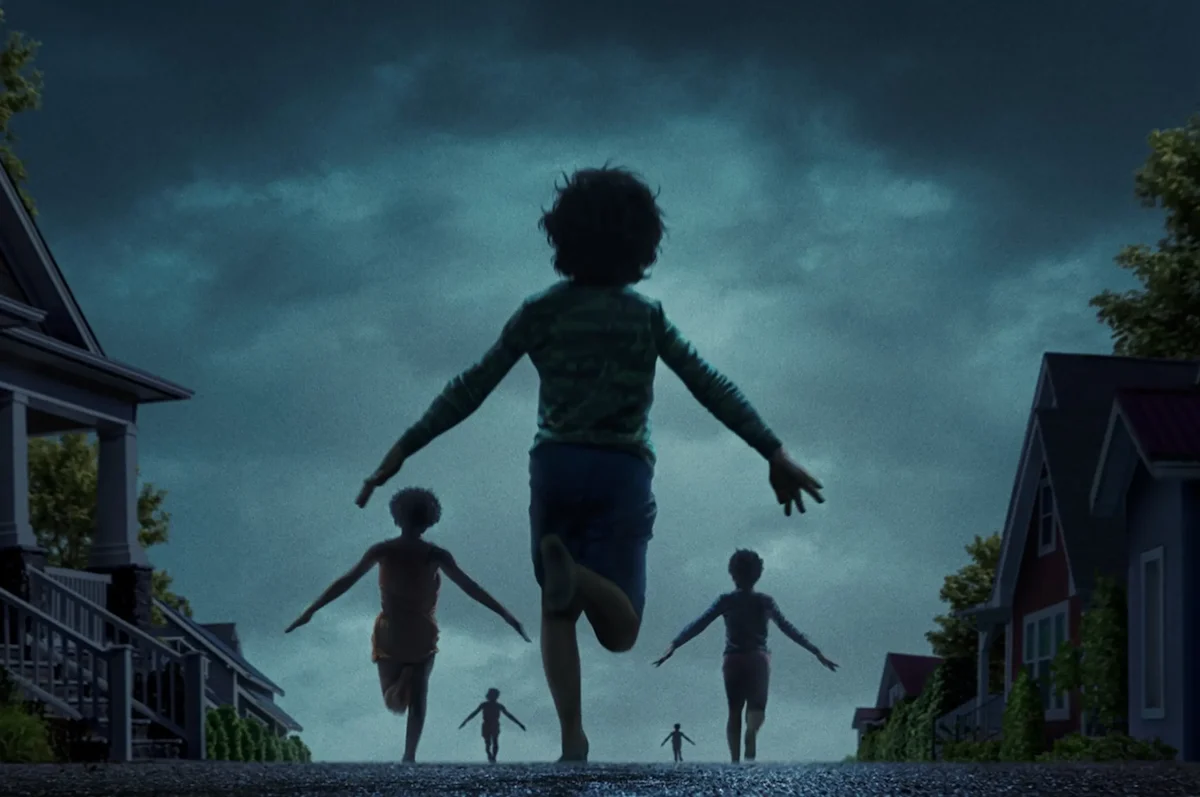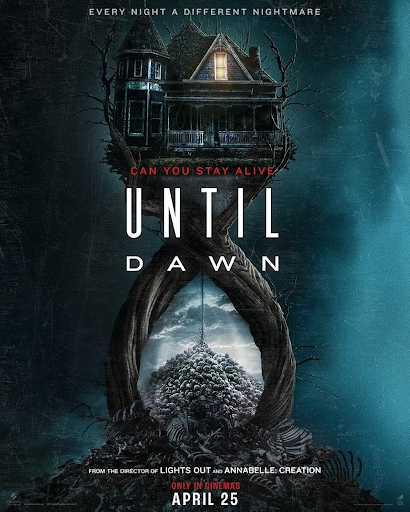On Aug. 20, 1989, brothers Lyle and Erik Menendez shot and killed their parents, José and Kitty Menendez in their Beverly Hills home. On Sept. 19, 2024, 35 years later, Ryan Murphy, director of the hit television series’ “Glee” and “American Horror Story”, released his retelling of the Menendez Brothers’ case on Netflix, titled “Monsters: The Lyle and Erik Menendez Story”.
Following Murphy’s successful Jeffery Dahmer show, he wanted to follow up with another controversial tragedy to cash in on. In the 1990s, the case of the Menendez Brothers tore the United States in half. It wasn’t the kind of case you could be on the fence about; you either believed them or you didn’t.
However, one agreeable sentiment is that, regardless of belief, staying truthful about the details of the case is of the utmost importance when retelling a tragedy. In Murphy’s case, he didn’t do the greatest job at staying true to the case. From factual inaccuracies to added dramatic elements, Murphy’s “Monsters” is full of omissions and dishonesties about the Menendez Brothers.
For one, the show depicts Lyle as an evil, homicidal maniac who only cared about money and fame. They portray him as the mastermind behind the murders who went on a rampage when he found out that he and his brother had been written out of the will. In reality, many described Lyle as more gentle and kind. In a 1996 interview with Barbara Walters, Erik admits to being the brother who suggested the murders and came to Lyle for help, not the other way around.
Erik was so disappointed with the portrayal of his brother, he issued a statement on Sept. 19, the day the show premiered where he slammed the directors for their poor job.
“I believed we had moved beyond the lies and ruinous character portrayals of Lyle, creating a caricature of Lyle rooted in horrible and blatant lies rampant in the show.” E. Menendez said. “So now Murphy shapes his horrible narrative through vile and appalling character portrayals of Lyle and of me and disheartening slander.”
The program also underlies an incestuous relationship between the brothers. Through numerous sexual, and bordering on romantic scenes with one another, Murphy communicated a homoerotic, consensual incest element into a story that was much more nuanced than that. Murphy also paints Erik as a flamboyant, feminine, homosexual male, when in reality, Erik told Walters in the same interview that he was not gay.
The show did get a lot correct, however. Court scenes were integral to the real tapings. From movements to clothing, every detail from the trial was accounted for. They also incorporated lesser known information about their therapist, Jerome Oziel, and Oziel’s mistress, Judalon Smyth, that was true to the real stories. Producers made sure that the details of the murders and the brothers’ alibis were factual as well.
The producers added a side of confusion and disorganization that usually doesn’t work in television, but here it aided in replicating the confusion and mystery surrounding the case. The disorganization causes disorientation and forces the viewer to come to conclusions on their own, as did the jury and American population from 1989 to 1996.
The show also had a soundtrack full of iconic 80s hits. Milli Vanilli’s “Blame It On the Rain” and “I’m Gonna Miss You” were featured in the show, as well as tracks by Depeche Mode, Tears for Fears, Vanilla Ice, and many more. The show’s comedic timing with many of these songs was also impeccable.
If you’re looking for a good show, “Monsters” meets that criteria. But, if you’re looking for an accurate source about the Menendez Brothers, you’d be better off picking something else, or waiting for the Netflix documentary about them that is set to release on Oct. 7.















